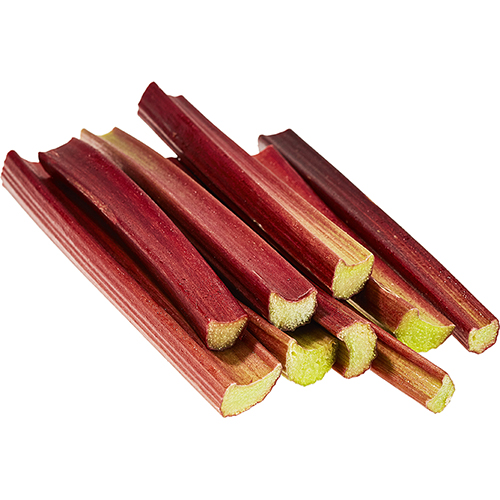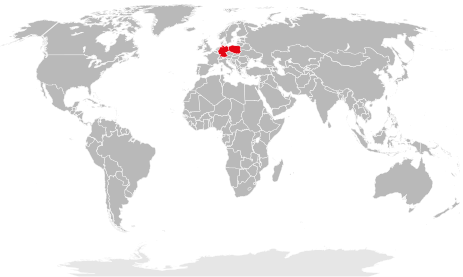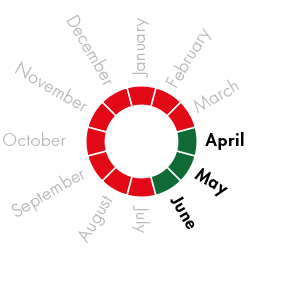Rhubarb


Only 13 calories per 100g
Classified as a vegetable not a fruit
Belongs to the buckwheat/knotweed family (Polygonaceae)
Contains some provitamin A, a moderate amount of vitamin C and beta-carotene, and a high amount of potassium
Only 13 calories per 100g
Classified as a vegetable not a fruit
Belongs to the buckwheat/knotweed family (Polygonaceae)
Contains some provitamin A, a moderate amount of vitamin C and beta-carotene, and a high amount of potassium
Origin
Germany
Polen

Harvest time

Fillings




Information
Rhubarb originates from the Himalayas and was used as a medical plant in China as far back as c. 4,000 years ago. At that time, however, the main focus was on the underground stem (rhizome) instead of the stalks we harvest today.
Today, rhubarb is cultivated in all temperate climate zones around the world. It is interesting to note that rhubarb is not actually a fruit, but a vegetable. Varieties of rhubarb are generally divided into two rough categories: rhubarb with light-red flesh, a green end of the stalk and mild flavour; and rhubarb with red flesh which is slightly more tart.
Today, rhubarb is cultivated in all temperate climate zones around the world. It is interesting to note that rhubarb is not actually a fruit, but a vegetable. Varieties of rhubarb are generally divided into two rough categories: rhubarb with light-red flesh, a green end of the stalk and mild flavour; and rhubarb with red flesh which is slightly more tart.
Good to know
- Infused products are ideal for use in bakery goods, ice creams, chocolates, and other desserts
- Rhubarb tastes delicious as a sauce on desserts or as a compote
- Can be processed peeled or unpeeled
- Red varieties contain less fruit acids than green varieties
Quality
- Bio
- Conventional
